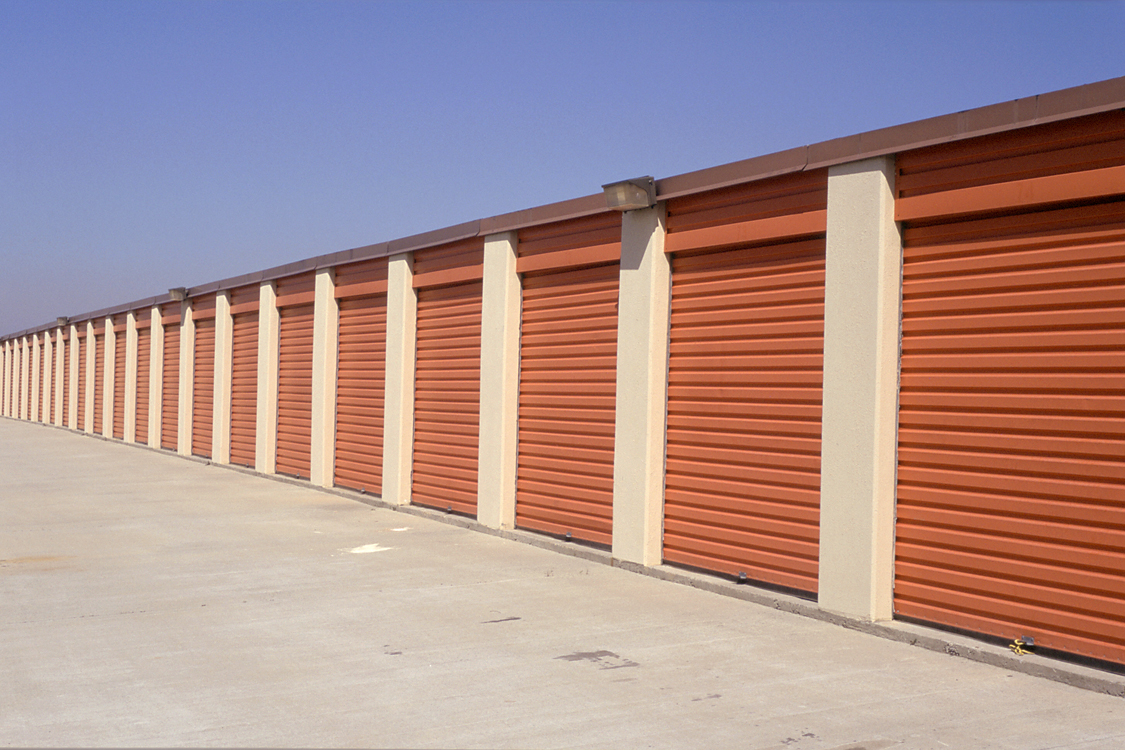
My career started here, in a self-storage facility 25 miles north of San Diego. This was the site of my Country installation which ran from February to June 1995.
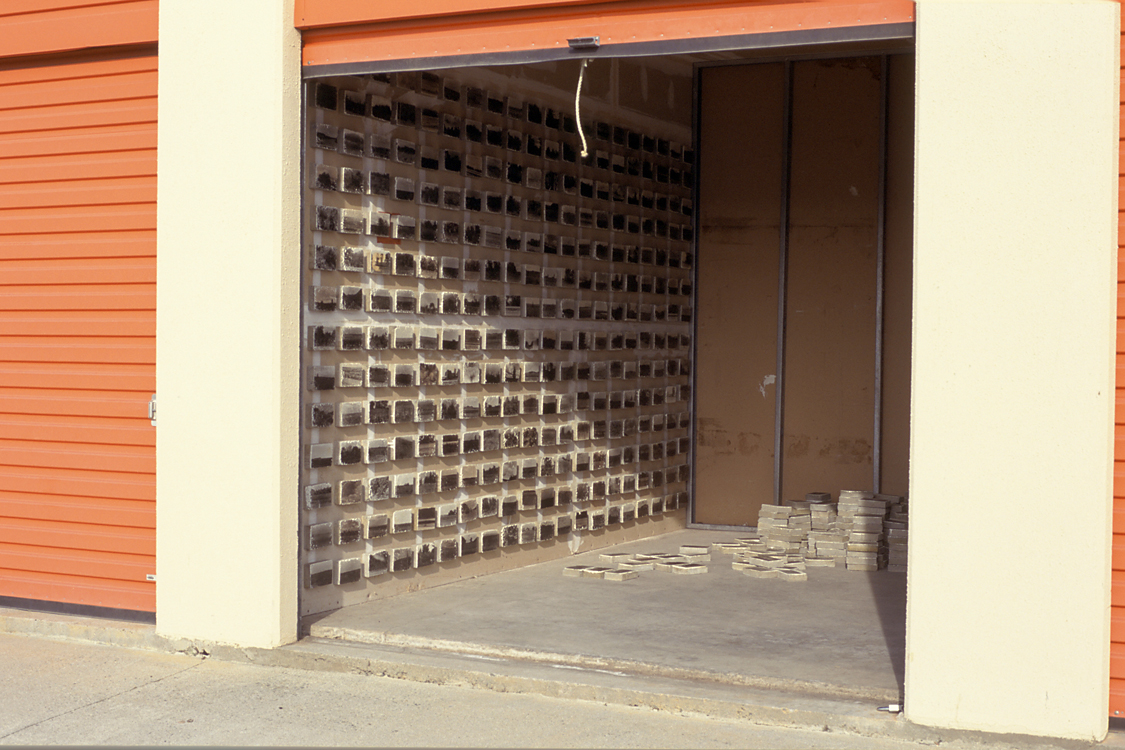
The year before, I had travelled around the Western United States taking photos from the window of my car. The storage facility was the resting place for these images taken in transit. Using a photo emulsion, I printed the photos onto 900 cement panels that I cast on the floor of my studio. I printed every single frame from 100 feet of bulk 35mm film.
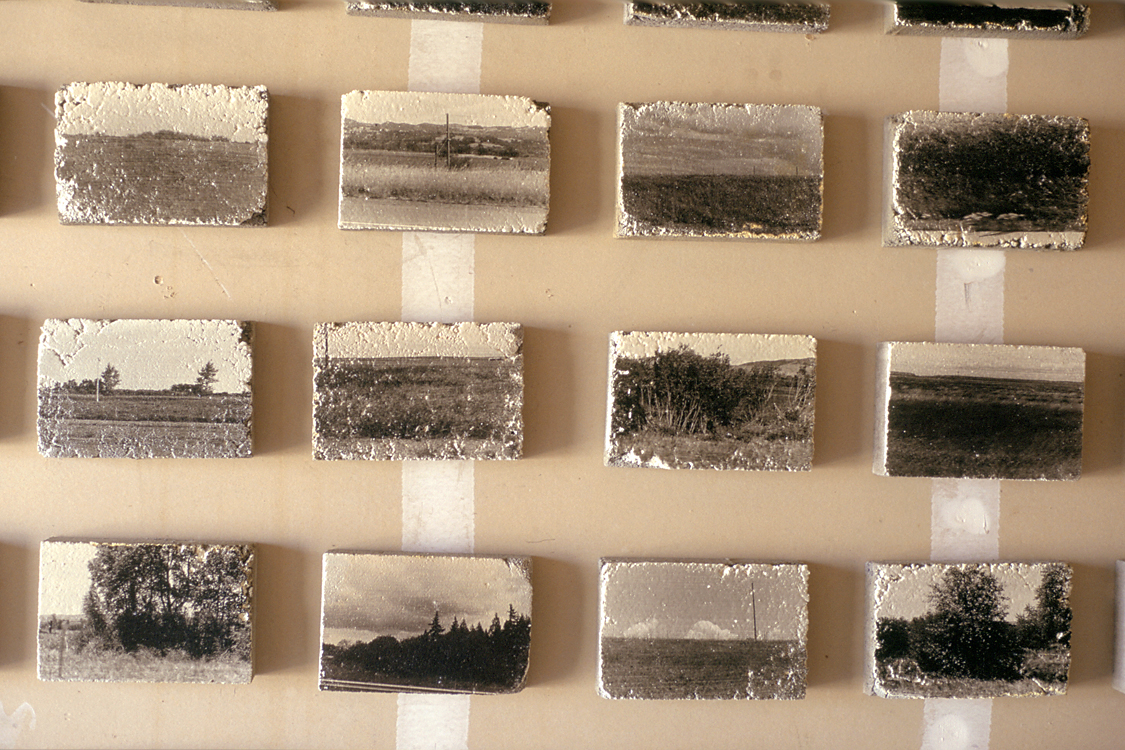
The casting process was imperfect, the emulsion even more imperfect. The results were fractured memory aids, postcards from the edge of town.
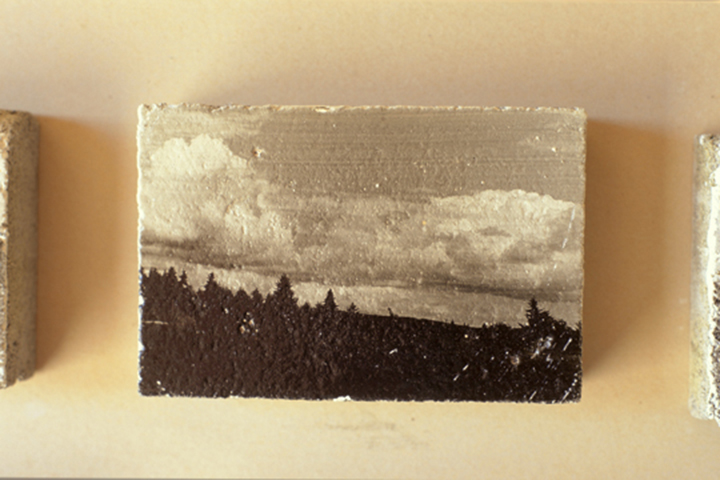
Neither city nor National Park pretty, the images were the unmarked in-between. I wanted to extend the minimalist project into imagery. I was trying to handle “country” as another kind of undifferentiated material. Uninflected, nonhierarchical. In 900 images, text appears only twice: two partial fragments of highway signs. Unmarked space.
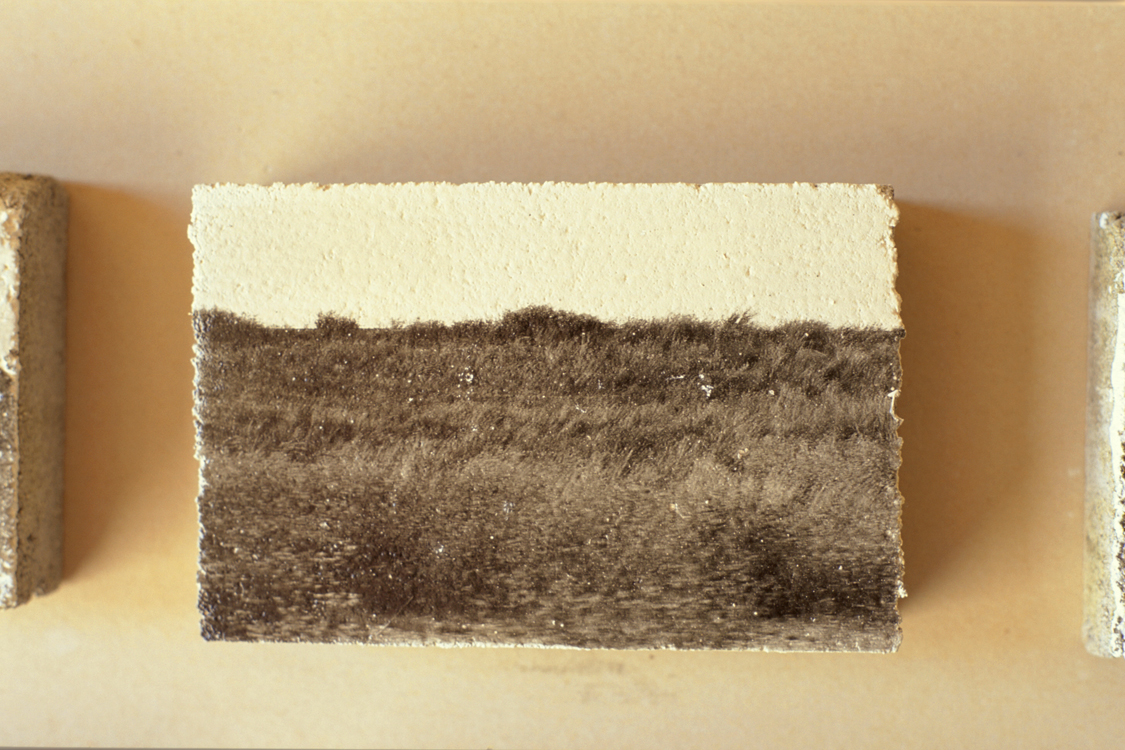
At 70 mph, something like a normal photographic practice is impossible. I operated the camera in the right spatial zone (vegetation seen from passenger window) using the apparatus as a kind of landscape sampling device. I wanted to make something fast into something slow and heavy, something vast into something small.
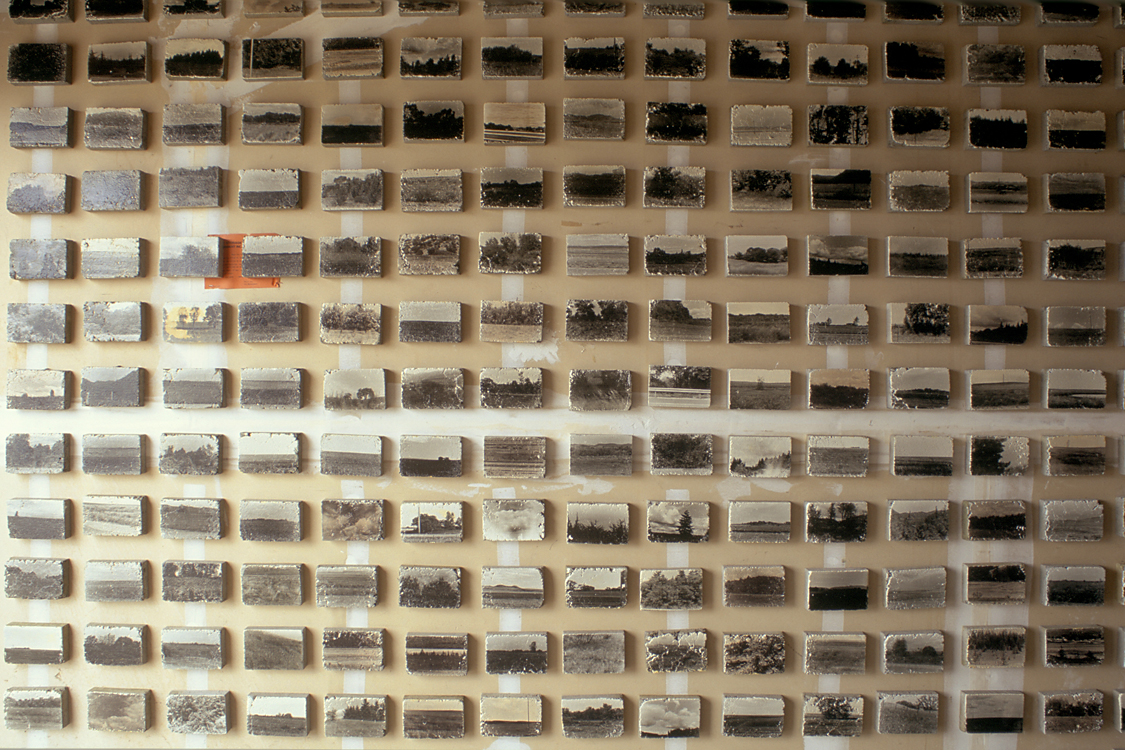
These are photographs from negatives. They are proof that I was in these spaces, but because of their unremarkableness, and the speed of the initial encounter, when I printed the images in the darkroom, I was often seeing the image for the first time. The darkroom returned part of my experience to my consciousness.

Visitors drove with me to the exhibition site: the experience of seeing these images of transit was bracketed by the experience of driving to and from the site on the highways of San Diego. The storage facility was right off the highway. The storage room was like a camera: a box with a moving aperture. The project was purchased by Quint Contemporary Art and exhibited at The Museum Of Contemporary Art, San Diego, in the Common Ground exhibition in 1995 and subsequently purchased by the Contemporary Museum in Honolulu for their permanent collection in 1996.